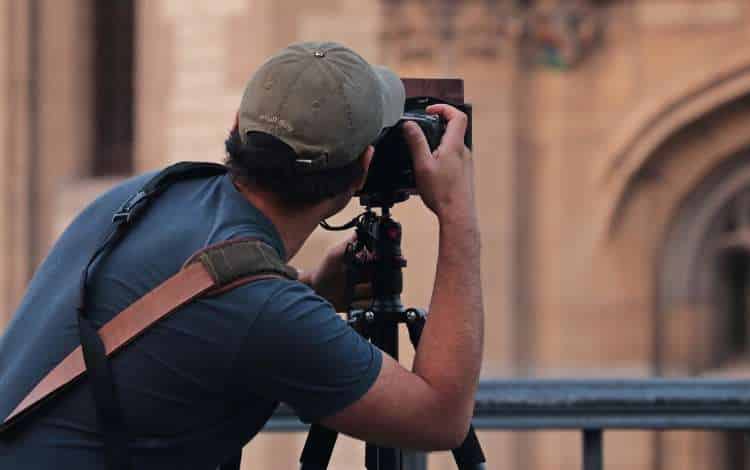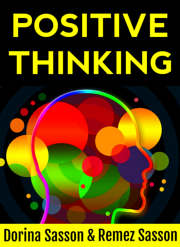
Are you new to photography? Planning to enter the exciting world of digital photography and build a name for yourself? You have come to the right place!
Photos are one of the best ways to capture memories, share life adventures, and tell stories. They evoke emotions, trigger nostalgia, and remind us of where we have come from.
Whether you are an aspiring photographer, a stay-at-home mum, or a college graduate looking for a freelance side gig – there are many reasons to pick photography. But if you are new to DSLR, your camera may feel a little intimidating.
Browse our online courses on meditation, positive thinking, overcoming procrastination, confidence, and freedom from distractions.
To help you with the first steps, we have compiled this guide with the best tips for beginner photographers. With these tested and proven hacks for beginners, you will be a step closer to becoming a pro photographer.
Let’s dive in!
1. Invest in Quality Equipment
First things first, invest in quality photography gear. The camera you pick will, to a great extent, determine the quality of the photos you take. Sure, you can begin shooting with a smartphone or a regular camera. But if you want to capture outstanding photos for commercial use, a DSLR is your best option.
A quality, entry-level DSLR will set you back around $350. These cameras work best for newbies and amateur photographers. The reason? They are compact, inexpensive, easy to understand, manage, and carry.
Besides a quality DSLR camera, other photography gear you will need include:
- Tripod
- Memory card
- External hard drive
- External light
- Rechargeable batteries
- Lenses (and cover)
Once you have acquired all the appropriate gear, it’s time to get into photography basics.
2. Learn How to Properly Hold the Camera
One of the best things you can learn as a beginner photographer is how to hold the camera properly. Many first-timers are used to taking photos with a smartphone, holding the phone in front of their face, and using the viewscreen to compose the shot.
However, things are different with a DSLR. You will need to learn how to hold the camera vertically and horizontally when taking a shot.
Experts recommend standing with your feet about shoulder-width apart, with one foot a gap ahead of the other for good balance. Keep your arms close to your body, with the camera locked at eye level for added stability.
3. Learn What Settings Matter
DSLR cameras have many settings, and it can be difficult for a beginner to work around them without some guidance. As such, you will need to understand what each setting does and how it impacts the photos you take.
First, try practicing all the camera modes to see how each impacts the photos. Ditch the Auto mode if you want to learn. You won’t learn anything if you let the camera make all the decisions for you.
Particularly, learn how these settings affect the photos you take:
- Aperture
- Shutter speed
- ISO
Combined, all these settings control the amount of light reaching the sensor. Besides shutter speed, ISO, and aperture, learn how to focus properly by practicing with different autofocus modes.
Lastly, shoot in raw if you want to edit the photos or plan on editing them in the future.
4. Master Photography Post-Processing
Once you start shooting in raw, post-processing becomes a necessary step rather than an afterthought. Unlike smartphone photos that can be improved with simple in-built tools, you will need to invest in quality photo editing software to take care of all your post-processing needs.
A good photo editing tool should allow you to perform basic editing tasks, like cropping, adjusting white balance, and removing blemishes.
Advanced tools, like Picsart, use artificial intelligence to identify and correct issues like noise, blurriness, and low contrast.
Through the masterful enhancement of image quality, Picsart boosts image clarity, giving pop to the tiniest details in the photo.
5. Know When to Use a Flash
Flashes aren’t just meant for use at night.
Don’t get me wrong; they work perfectly at night. But did you know that flash isn’t only meant for dark environments? Flashes also produce spectacular photos when used during the day.
For example, a gentle flash can come in handy when you want to fill in ugly shadows in your subject. It also works well when you need extra lighting when shooting outdoors.
6. Shoot in the Golden Hour
Lighting can make the difference between a good and a spectacular photo. If you want to take breathtaking photos, aim to shoot during the golden hour.
In photography, the golden hour is the short window of time right after sunrise and shortly before sunset. Lighting during the golden hour presents a warm, natural glow that makes photos look spectacular.
Some photographers call it the “magic hour.” Light from the golden hour is photographers’ best friend. The soft glow produces breathtaking portraits and scenic photos. More importantly, this light doesn’t create harsh shadows.
7. Embrace Photography with a Spirit of Optimism
Want to know what distinguishes great photographers from amateurs? Optimism.
When you have inner peace, you can focus on taking photographs with a spirit of optimism, hope, and joy. Photography starts in mind. Being optimistic instills a “yes I can” attitude in your learning. It ensures nothing holds you back from achieving your goals.
Wrapping Up
Photography is fun and rewarding.
And if you can master the basics, you will be just a step closer to making a lucrative career out of it. If you are a beginner, take the time to get familiar with your DSLR, learn which settings matter, and be constantly open to learning from pro photographers.
Have fun with your new gear. Learn from your mistakes, break the rules, and devise your own techniques for capturing captivating photos.


